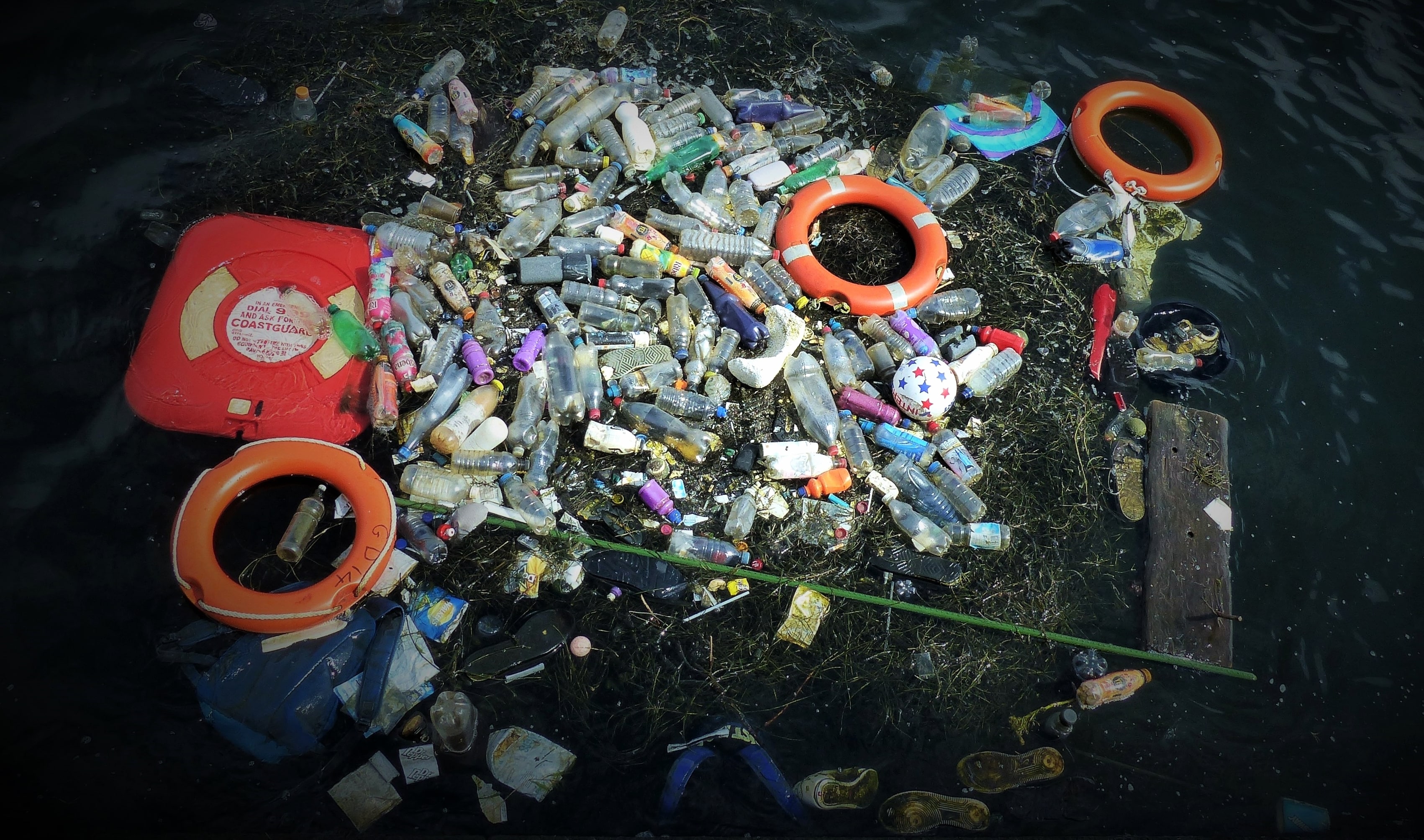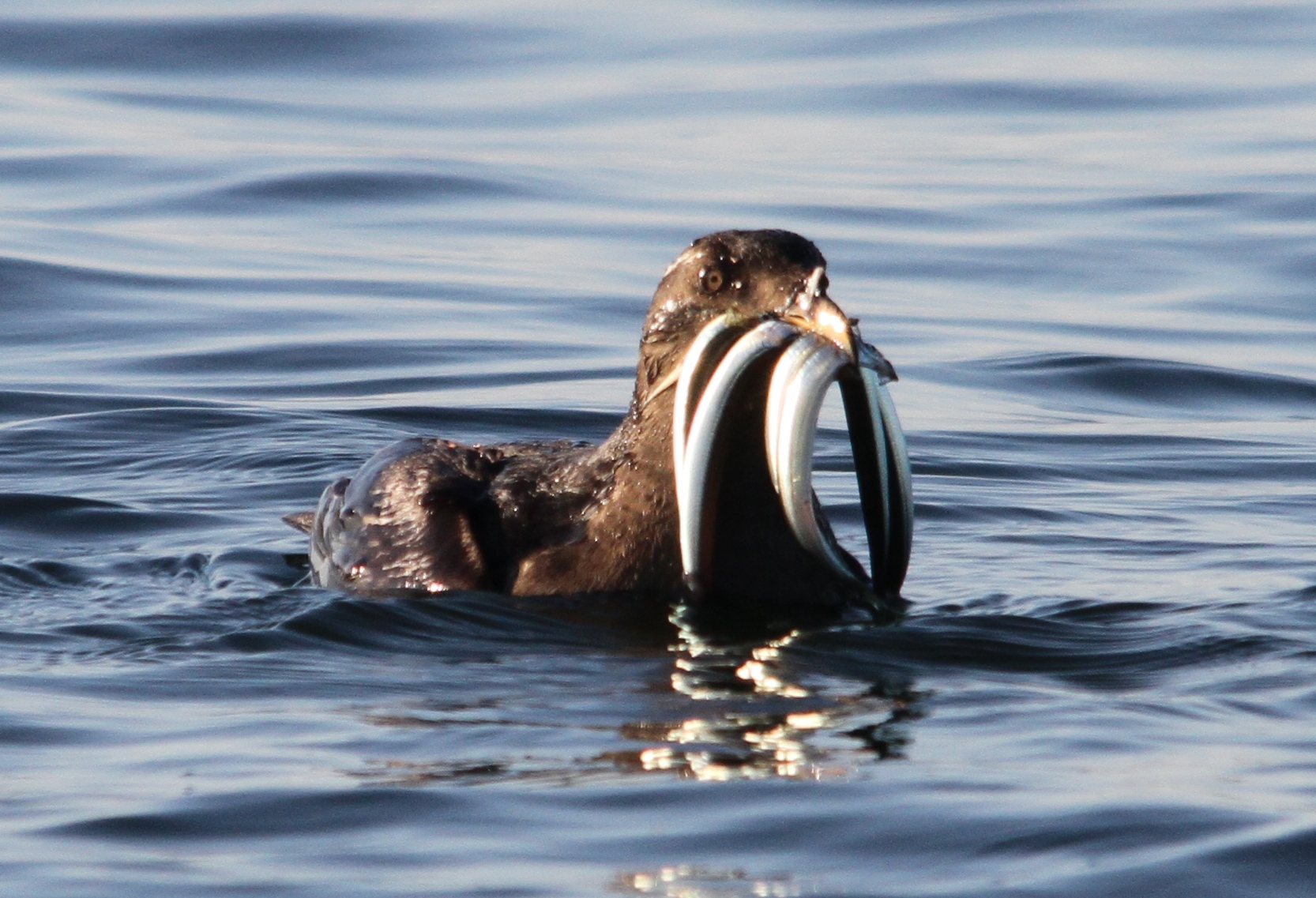
Credit, Charos Pix, Flickr.
Many people have heard of the Great Pacific garbage patch, the amorphous mass of plastic waste that according to conservative estimates, is the size of Texas, and floats within a system of circular currents within the northern Pacific Ocean.
According to new research, however, by the year 2050 the amount of garbage polluting our oceans could get even worse.
A report from the Ellen MacArthur Foundation in collaboration with the World Economic Forum found that, by 2025, the ocean is expected to contain one tonne of plastic for every three tonnes of fish. And by 2050, there will be more plastic in the ocean by weight than fish.
Currently, the report found that eight million tonnes of plastic is discarded into the ocean each year. According to the Guardian, this is the equivalent to one garbage truck dumping its contents into the ocean every minute.
The issue is propelled by an incredible increase in plastic production. Since 1964, plastic production increased by 20 times, and by 2050, production is expected to triple. Exacerbating this trend is the way in which plastics are used. According to the report, 86 percent of plastic packaging is used just once.
The effects can be extremely hazardous for marine life.
In a paper published last year by Michelle Paleczny and the Sea Around Us, it was found that, after studying 186 seabird species — 90 percent were estimated to consume plastic.
For a critique of the Ellen MacArthur Foundation report, click here.


